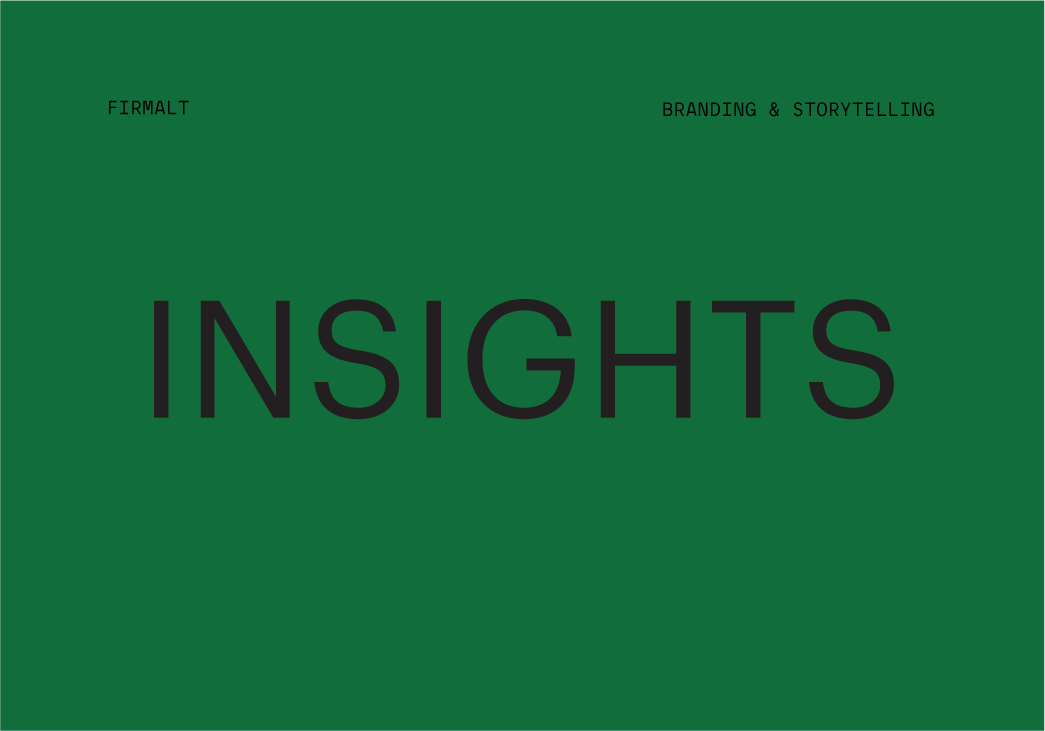Don’t be an invisible brand

Author Seth Godin highlights why being boring puts you at a disadvantage:
“Marketing is no longer about the stuff that you make, but about the stories you tell.”
When getting started with a client, we have a workshop where we get to learn all about them. We talk about their story, their product, their people, and the way they do things. It’s always so interesting, full of great ideas and insights.
And yet, when we get to the part of how they present their company to consumers, all the magic is lost. Although these companies are far from boring, they way they talk to consumers is definitely boring. And being boring grants them the terrible superpower of being invisible.
There are two huge downsides to being boring:
1. Being boring in the age of distraction, makes it hard to hold consumers attention and be memorable. It makes you invisible.
2. Being boring when the market is full of competitors that are offering similar products or services, makes it hard for you to stand apart from the rest. It makes you invisible.
There is a clear pattern of how an invisible brand talks. Invisible brands always talk about one of three things. Let’s call them the big three clichés. You’ve heard them so many times, you probably unconsciously tune them out:
“We have the best quality.”
“We have the best price.”
“We have the best service.”
Now, there’s nothing wrong with a company that actually has the best quality, price or service, and wants to talk about it. The problem is when it’s the only thing your brand has to say. If the whole story comes down to “We have the best quality”, then don’t be surprised if the company is struggling to stand out. It’s something everyone's heard a million times. And it’s how invisible brands are born.
We live in a time where a hundreds of new brands are created every day. The barriers to entry are lower than ever. New competitors seem to spring out of nowhere. And all these brands are constantly sending out messages to get consumers’ attention. And nine times out of ten, they’re all saying one of the big three clichés.
This scenario is what we call the “Sea of Sameness”: A lot of companies offering similar products, using similar brands, and similar messaging. The result? Invisibility. Clients struggle to remember specific brands or distinguish which one offers the best value.
Tell me in any of this sounds familiar to you: You have a company. Your company knows that a particular competitor is offering something inferior to you (be it in price, quality, or service). And yet, your competitor keeps getting all the clients.
Why? Because they tell the better story.
Investor Morgan Housel sums it up pretty well:
“A truth that applies to many fields, which can frustrate some as much as it energizes others, is that the person who tells the most compelling story wins. Not who has the best idea, or the right answer. Just whoever tells a story that catches people’s attention and gets them to nod their heads.”
Wework knew how to tell a story (before it all came crumbling down). Say what you will about their ex-CEO, but can you name another co-working company? “Do what you love, in a space that you love.” That’s a story that sticks.
Airbnb’s constantly talks about its purpose: ‘Creating a world where anyone can belong anywhere’. That’s good. That’s memorable. Imagine if they only described themselves as: “Vacation rentals around the world”. They’d be invisible.
Or how about Tracksmith, a running apparel brand. In its own words, the brand champions the Running Class, “the non-professional yet competitive runners dedicated to the pursuit of personal excellence.” A brand that stands for the amateur runner (their new ad will make you want to go for a run). It’s a good story that sets them apart from other apparel brands.
These brands use great stories to fight for visibility in a highly competitive landscapes.
You can fight too.
There’s an antidote against being invisible, and by now you should know where I’m going: telling a good story. A good story will save you.
And although defining a good brand story from scratch can be a rigorous process, making your current story better can be achieved with a few good pointers.
Here’s my advice on telling a better story:
1. Say quality without using the word “quality”.
You can talk about the big three clichés, just don’t say the words explicitly. If your big thing is “the best quality”, then tell me all about the things you do in regards to your quality standards, without ever using the word “quality”. It’s a great way to force yourself to find interesting ways to describe your brand. The new iPhone describes itself as “Blast past fast”. Warby Parker says “Buying eyewear should leave you happy and good-looking, with money in your pocket.” Tell me without telling me.
2. Tell people WHY you things.
Simon Sinek from “Start With Why” puts it best: “People don’t buy what you do. They buy why you do it.”. Simon points out how most companies talk about WHAT they do, but few companies talk about why they do things. The simple (and somewhat stupid) way to find out, is to describe what your company does, and keep asking why a bunch of times. “We make high quality beauty products” Why? “We build software for automation” Why? You can find a lot about what drives a company if you ask “why?” enough times.

Share this:
